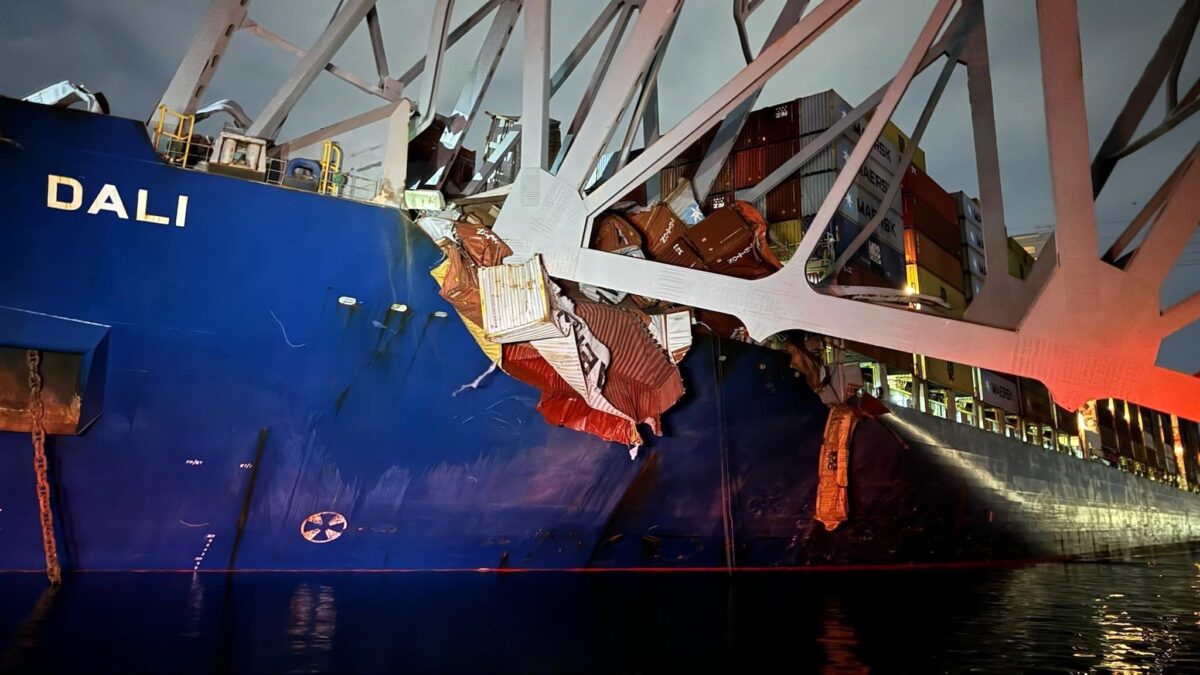Posts for: srt101fan
Apr 6, 2024 12:12:21 #
burkphoto wrote:
It is for anyone who uses precise language. The Op used the term ‘Printer.’ ‘Lab’ is what he wanted. Be careful what you ask for. You might just get it.
Go back to his original topic. His respondents understood what he meant. Why didn't you?
Apr 6, 2024 12:06:18 #
JD750 wrote:
In whose world. It was a complete misunderstanding. It wasn't until he clarified it that he got the answer to the question he was asking.
Not true. Go read his original topic.
Apr 6, 2024 10:45:35 #
burkphoto wrote:
Once again, 'printer' means a device used to print.
The correct terminology in the photography world is photo lab, color lab, professional photo or color lab, or giclée service bureau.
The term 'printer' DOES mean a company in the context of an offset lithography, intaglio, letterpress, web offset, or gravure printing company.
I worked for a company that owned both types of businesses. Never the twain shall meet... under the same terminology.
The correct terminology in the photography world is photo lab, color lab, professional photo or color lab, or giclée service bureau.
The term 'printer' DOES mean a company in the context of an offset lithography, intaglio, letterpress, web offset, or gravure printing company.
I worked for a company that owned both types of businesses. Never the twain shall meet... under the same terminology.
If you look at the original post (https://www.uglyhedgehog.com/t-803711-1.html#14545850 ) and the responses to that post you'll see there was no misunderstanding. I don't think terminology was an issue.
Apr 5, 2024 09:18:30 #
TriX wrote:
Wallin, I appreciate your aircraft credentials, bu... (show quote)
Thank you for your valiant effort to step into Wallen's fantasy land and try to bring some sanity to his chaotic ramblings. But you must know it is a futile effort. After all, he is so much more knowledgeable than the ship's captain and crew, the pilots that guided the ship out of the harbor, the naval architects and marine engineers that designed the ship, the authors of the many international design, construction and operational rules established by U. S. and international regulatory agencies, and the inspectors that periodically assessed compliance with these rules and regulations. Throw in his expertise in meteorology and all your arguments are useless. Nice try!
Apr 1, 2024 17:27:47 #
sbschippers wrote:
We lived in Baltimore and crossed the bridge many times. Here is a photo of the RO-RO ship Morning Luck passing the Key Bridge support that was struck by the Dali, causing the bridge to collapse. The Lucy is 761' long and the Dali is 948' - almost 200' longer. Very few bridges are built to withstand a direct hit from anything that big and heavy, not matter how slowly it is moving. And even fewer have been tested.
Good picture that shows relative sizes of bridge and large ship.
Apr 1, 2024 10:19:02 #
Wallen wrote:
Makes one think. Who in his right mind would make ... (show quote)
Another fine example of irresponsible pronouncements based on ignorance and fuzzy thinking....
Mar 31, 2024 23:00:06 #
don2b2 wrote:
Yes it is - about 15 years ago, I believe
Nice photo; interesting to see the whole bridge the way it was.
Mar 31, 2024 08:26:59 #
Linda From Maine wrote:
Good point. Does anyone still own a working VCR?
Yes; a combination VCR-DVD player.
Mar 30, 2024 16:52:36 #
Cragzop wrote:
Since Samuel Benjamin Bankman-Fried, has been convicted of fraud, and was the number 2 donator to the Democratic Party, behind Soros, will those Dems who received contributions from him have to return the ill gotten gains so the victims can be compensated for their losses?
Did you get lost on the way to The Attic?
Mar 30, 2024 13:27:17 #
Longshadow wrote:
40 cubic feet is a ton....... in volume.....
Isn't the English language wonderful?
Isn't the English language wonderful?
And then there is tonne, and the short ton, and the long ton.....

Mar 30, 2024 13:09:10 #
dustie wrote:
Agreed, there are many different weights possible,... (show quote)
The only point I was trying to make is that the 100,000 ton "weight" number mentioned so often for Dali is NOT the weight and has nothing to do with weight, it's a measure of the ship's volume.
Mar 30, 2024 12:20:01 #
dustie wrote:
Maybe for a comparison, not necessarily to scale, ... (show quote)
The weight or mass of the Dali has been mentioned in several posts. Usually the figure thrown around is about 100,000 tons. The figure usually quoted to indicate the size of merchant ships is "Gross Tonnage". The number I've seen for Dali is 95,128 so that seems to be the source for the 100,000 figure.
But gross tonnage is a measure of volume not weight. "Displacement" figures tell you the weight of a ship but that number varies from Light Ship to Full Load. The total weight a ship can carry (cargo, fuel, stores, etc) is called the Deadweight Tonnage (DWT). The DWT figure I saw for Dali is 116, 851 tons. To that you add the Light Ship displacement to get the weight of the fully loaded ship.
Mar 29, 2024 18:35:24 #
dwermske wrote:
I hope you don't think that 8mph is a high rate of... (show quote)
Why do you say that dropping the anchor didn't happen? Photographs clearly show an anchor chain on the port side....
(Attached photo from freightwaves.com)

Mar 29, 2024 16:53:48 #
Mar 29, 2024 10:57:42 #
SteveR wrote:
Interesting suggestion. In Detroit there is not only the Ambassador Bridge that links Detroit and Windsor, Ontorio but also a tunnel, which I always found to be fun to take as a kid.
Baltimore already has two tunnels!?